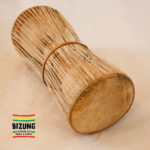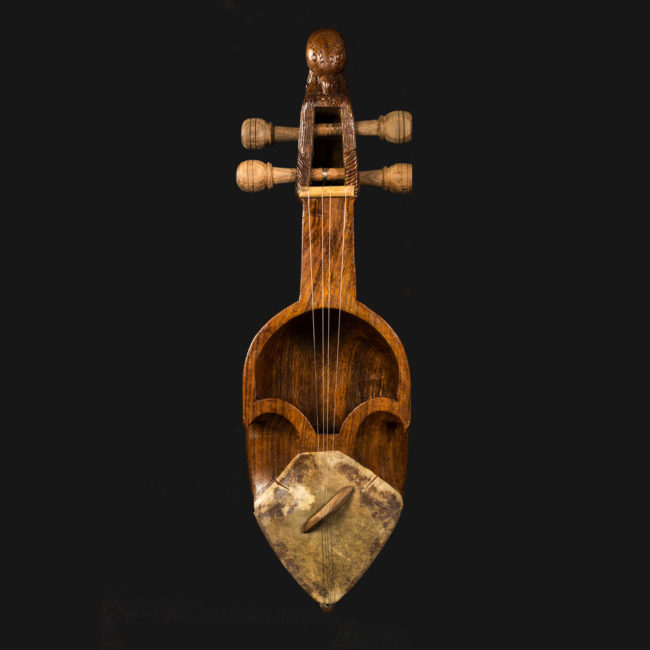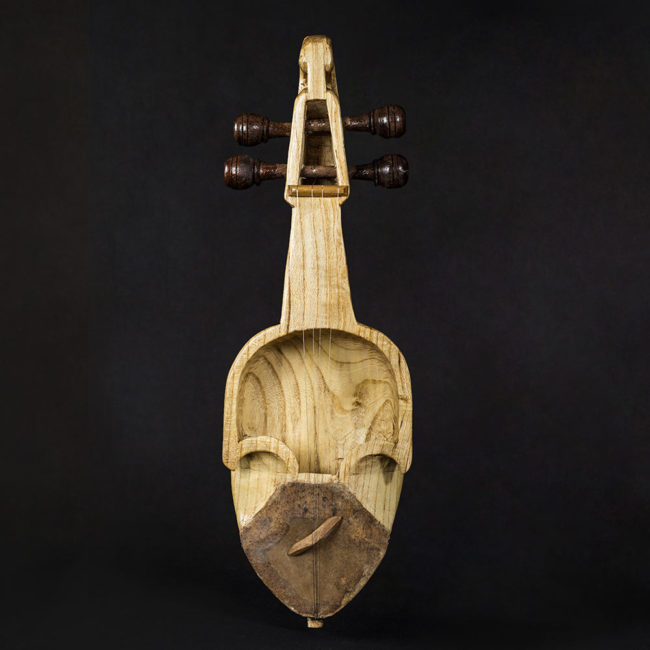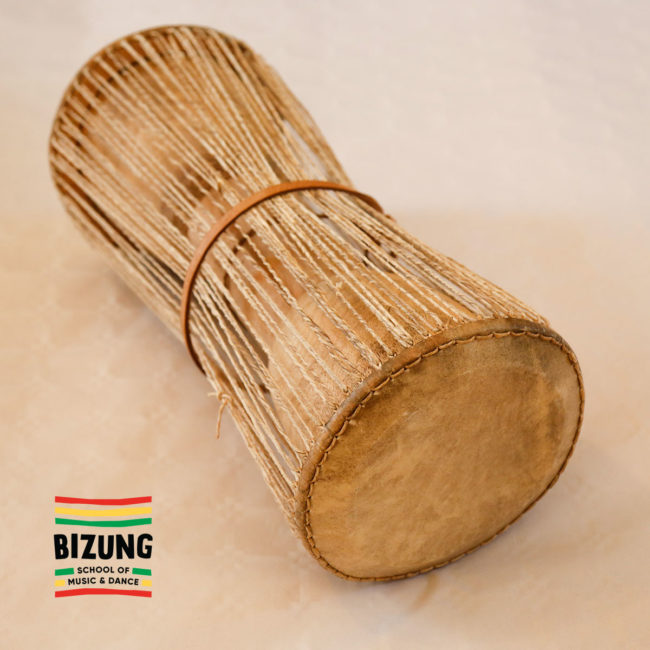Description
This is a professional Sarangi made of hard wood such as Saaj and Sisau. It has a beautiful resonance a simple and pure finishing.
This instrument will last for a life time stored and cared properlly.
This sarangi is made by our great friend and outstanding musician Kiran Nepali in Kathmandu Nepal.
The Nepali Sarangi is a bowed, hollowed instrument with four strings. Sarangi started as a popular musical instrument in the Western part of Nepal and is said to most resemble the sound of the human voice, as it is able to replicate human vocal ornaments.
Traditional Nepali Sarangis are carved from a single block of wood into a unique box like shape with a fretless neck and hollowed-out double-chambered body. The original strings were made out of sheep intestine; the fine nerves of the intestine are woven into strings that produce fine quality sound. And as for the bow, it was traditionally made with horse tail-hair.
Measurements: 24″/7″/4″ Weight: 1.2 kg.
Nepali Sarangi- The history
Historically and according to Hindu mythology Gandharva’s have been depicted in epic of Mahabharata and Ramayana as singers in the court of God. They used their singing abilities to act as messengers between the Gods and the humans. As per the stories, Lord Bramha bestowed Gandharva’s from the court of Gods with Sarangi as their instrument, which was later brought into the human world.
As the history of Nepal goes, Gaine or Gandharva are a community of occupational caste musicians who were allocated to be means of information or messengers and entertainers. Traditionally, Sarangi was the choice of instrument for the Gandarva’s or Gaine’s to compliment their storytelling songs.
Previously with limited modes of communication Gaine’s travelled from village to village as story tellers singing about everything from the praise of the king, the legendary battle tales and everyday life of people. They sang narrative tales, folk song and religious hymns and were also known to be travelling messengers.
Apart from being messengers they were also entertainers who have been an integral part of cultural and religious celebrations and customs like Dashain. The Gandharva’s or Gaine’s have played a very important role in preserving history, traditions through their folk songs and folklores based on their oral traditions.













